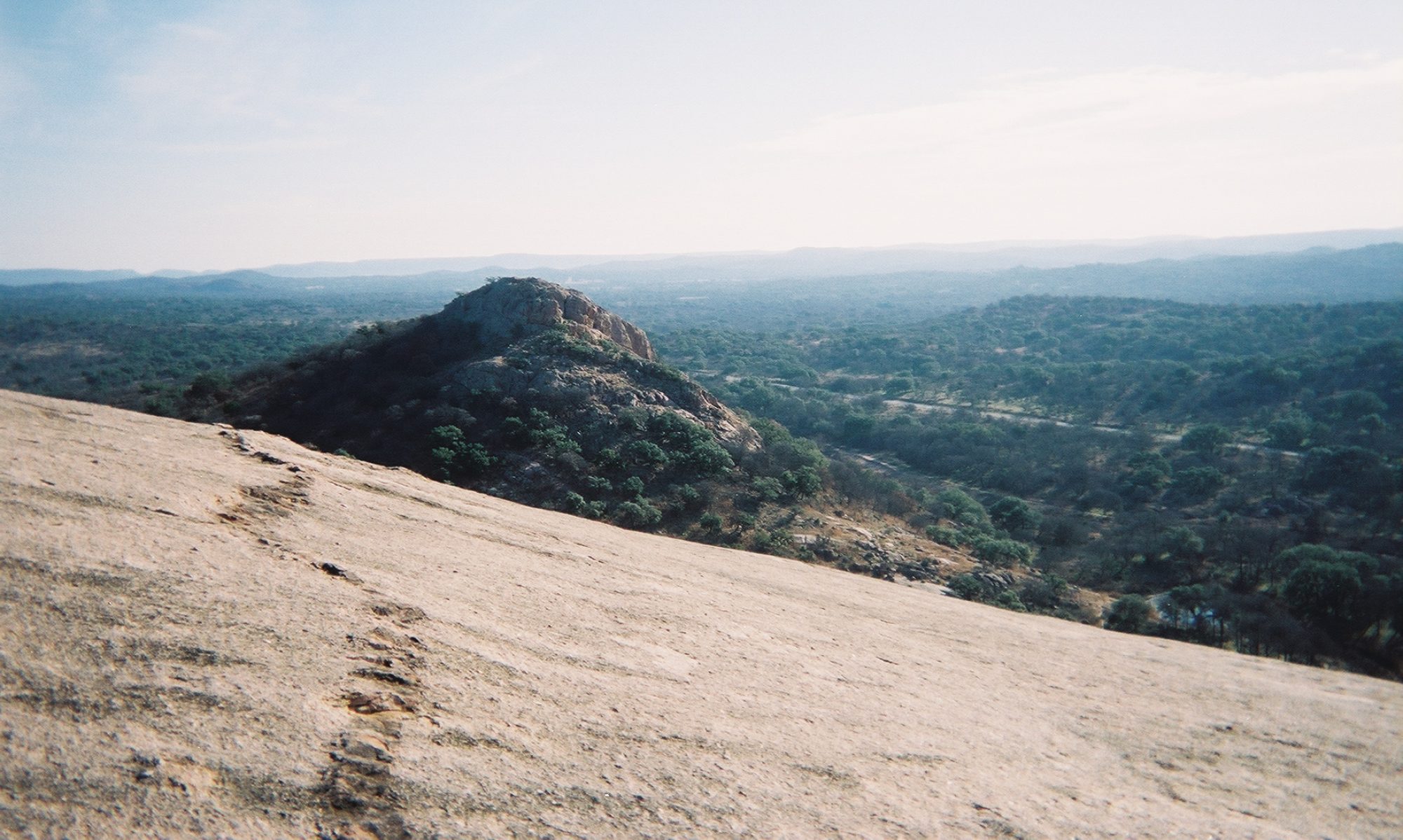
My old nemesis, Mr. Insomnia, has been coming around in the early morning hours again recently. His visits leave me feeling as if I’ve been rode hard and put up wet. I decided to take an Ativan last night to keep Mr. I from visiting and in doing so, received a full 8 hours sleep. But I don’t feel any better with 8 hours sleep than with an interrupted 4 hours. How is that supposed to work?
Finding myself awake at 2 a.m. on Monday morning I somehow stumbled upon a government Web page that provides extensive oceanic navigation information. The National Oceanic and Atmospheric Administration (NOAA — the people who bring you weather)has some incredibly detailed information about all the warts and moles of our coastline. You can even pull up navigation charts online which is really fascinating in the wee hours.
I was reading about my local, Upper Texas Gulf Coast, in what is called “United States Coast Pilot.” These are a series of books that can be found online which include such information as:
” … channel descriptions, anchorages, bridge and cable clearances, currents, tide and water levels, prominent features, pilotage, towage, weather, ice conditions, wharf descriptions, dangers, routes, traffic separation schemes, small-craft facilities, and Federal regulations applicable to navigation.”
Chapter 5 of Coast Pilot covers the stretch of Gulf between Sabine Pass — about 30 miles south-southeast of where I live — to San Luis Pass on the western side of Galveston Island. It had some great information about local coastal waters, especially should I find myself piloting a vessel somewhere between 30,000-90,000 tons into the Sabine-Neches ship channel. Such as:
“(2)Above the Texaco Island intersection (29°49.5’N., 93°57.5’W.), vessels 85,000 deadweight tons or more will not meet vessels of either 30,000 deadweight tons or greater, or vessels with drafts of 25 feet or greater. (3) Above Buoys 29 and 30, vessels of 85,000 deadweight tons or greater will not meet any vessel of 30,000 deadweight tons or more with a draft of 30 feet or greater.(4) Vessels of 48,000 deadweight tons or more with a draft of 30 feet or greater will not meet above Buoys 29 and 30.(5) Vessels with a combined draft of 65 feet or more will not meet in the Neches River at night.”
That is all very good to know and I will give it a lot of thought next time I decide to take a big oil tanker out for a spin. In the meantime, I think I’m getting sleepy and it’s only 2 p.m.
